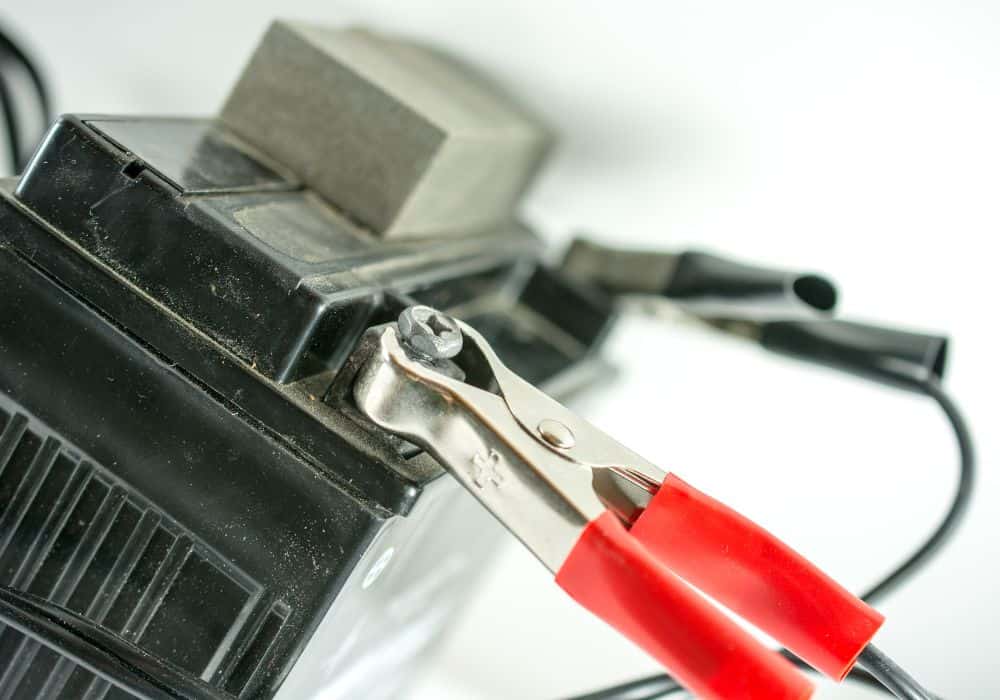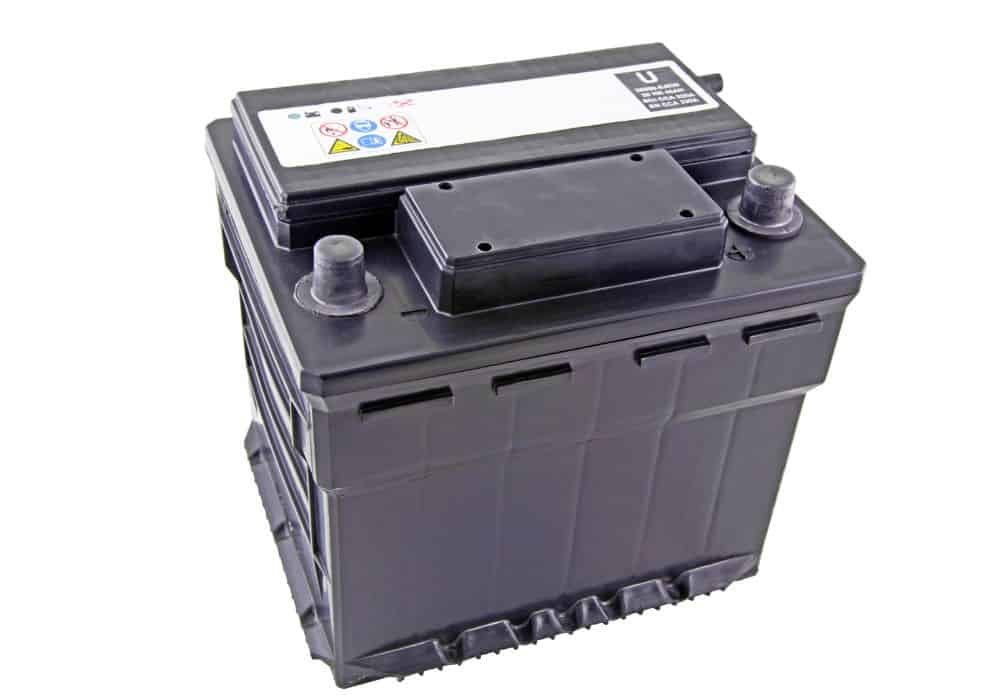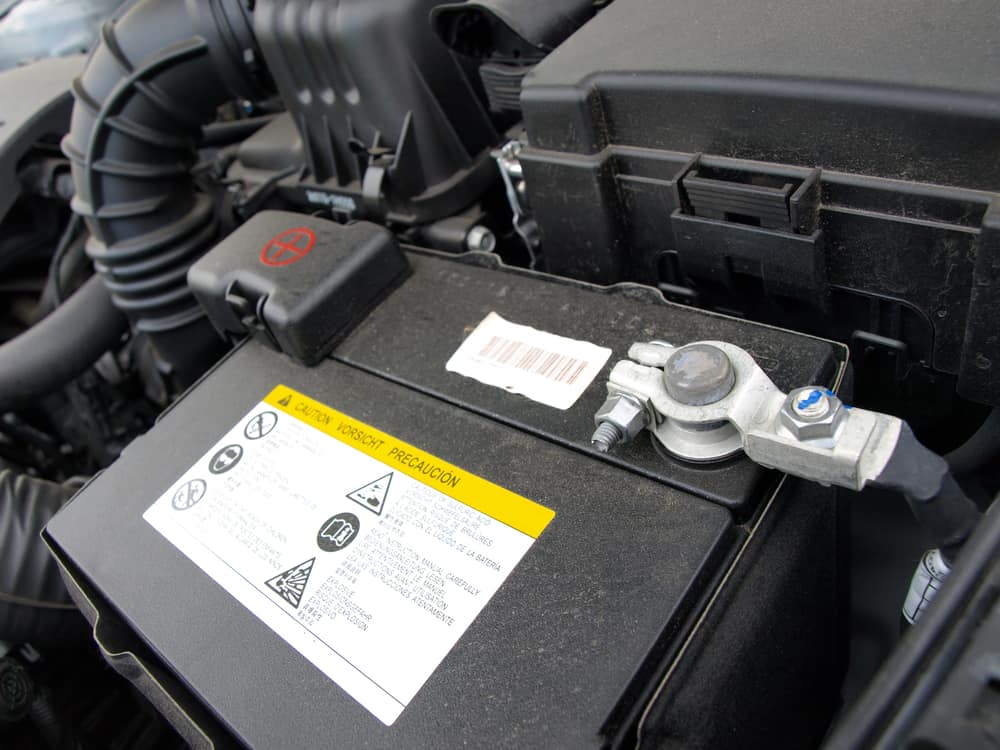You wake up, and, to your horror, your car won’t start. The culprit? A dead battery.
You need to recharge it, but you don’t know how much time it’ll take you.
Like any other person, you’re wondering: how long does it take to charge a 12-volt battery?
Well, the answer is not as straightforward as you’d hope it would be. It depends on the battery’s state and the charger that is being used. The higher the amperage, the faster the battery charge.
I’ll discuss this – and more – below.
Table of Contents
- What are 12-Volt Batteries, Anyway?
- What is the Charging Time of a 12-Volt Battery?
- Types of 12-Volt Battery Chargers
- Slow Charging vs. Fast Charging: Which is Better?
- How To Charge a 12-Volt Battery
- How Do You Know if the Battery is Fully Charged?
- When Should You Charge a 12-Volt Battery?
- Bonus: How to Jump Start a 12-Volt Battery
- Conclusion
What are 12-Volt Batteries, Anyway?
Now I know you want to know how long it takes to charge your 12-volt batteries. But before I proceed further, I think it’s best to discuss this battery type first.
A 12-volt battery has 6 cells with 2.1 volts each (for a total of 12.6 volts). These features make it a popular power source for cars, RVs, and boats.
There are two types of 12-volt batteries, namely:
Lead-Acid Batteries
- Flooded
Flooded lead-acid models are the most common for they have been used for a long time.
As the name suggests, these are made with lead plates in sulfuric acid. Together, these two materials create a reaction that promotes energy storage.
These flooded batteries, which have a starting cost of $100, require the right water level to keep on running. As such, you’ll need to monitor them periodically (at least every 3 to 6 months.)
Depending on how you use these batteries, you can expect them to last anywhere from 2 to 4 years.
- Sealed Valve-Regulated
These batteries, meanwhile, are sealed to build up hydrogen gas pressure. Compared to the flooded types, they can last anywhere from 2-8 years.
- Gel-Cell
This valve-regulated battery consists of lead plates suspended in a thick gel. It’s more expensive than the aforementioned models, with its price ranging from $800 to $900.
Gel-cell has a similar lifespan of 2-5 years.
- Absorbent Glass Mat
Also known as an AGM battery, it comes with lead plates nestled between fiberglass-saturated electrolyte mats. It costs around $200, and features a lifespan of about 4-7 years,
Lithium Batteries
As the name suggests, this makes use of lithium salts for electricity storage. Since they are newer and more efficient than lead-acid batteries, it is more expensive ($900 and above.)
What is the Charging Time of a 12-Volt Battery?

The charging time of a 12-volt battery is dependent on the charger and the reserve capacity. The more depleted it is, the longer it’ll take for the battery to charge.
A bad cell or calcification can also prolong charging time, among many other things.
But, for all intents and purposes, let’s say that your battery is dead as dead can be. For this situation, you’ll need the following:
- 24 to 48 hours using a 2-amp charger
- 12 to 24 hours using a 4-amp charger
- 3 to 6 hours using a 10-amp charger
- 2 to 4 hours using a 20-amp charger
- 30 minutes to 1 hour using a 40-amp charger
If you’re using an alternator to charge your battery, then you can revive it in as quick as 30 minutes (as long as you are running the car.) This works like a 40-amp charger for it powers the battery quickly.
Types of 12-Volt Battery Chargers
As I’ve discussed above, charging duration varies according to the types of battery chargers. Let’s explore each and every one of them.
1. Trickle Chargers
These chargers are available in 1 or 2 amp-hours. As these will slowly charge your batteries, you don’t have to worry about potential damage.
2. 40-Amp Chargers
Jump starts or 200-amp chargers help charge batteries at the quickest time possible. However, using this device does come with a few risks:
- Battery overload (and potential explosion), especially if you don’t turn off the charger right away
- Battery damage, especially if you use more than just a trickle charge
- Reduced battery life and capacity
3. Smart Chargers
True to form, this device is ‘smart’ enough to change the output according to the battery’s charge. As such, using this can help reduce the chances of battery explosion or fire.
Slow Charging vs. Fast Charging: Which is Better?

Battery chargers are categorized as either slow or fast. The former makes use of 10 amps or less, while the latter utilizes 20 or more amps for charging.
Although a 40-amp charger can provide a full charge in as short as 30 minutes, it’s not recommended. As stated above, the fast charging process can cause damage and shorten battery life in the long run.
In essence, if you want this type of battery to last for longer, then you should use the slower types of chargers. According to experts, 2-4 amperes are enough for maintenance charging.
How To Charge a 12-Volt Battery
Recharging a battery might seem straightforward, but there’s a chance that you might be doing it the wrong way! If you want to get your battery fully charged – yet undamaged – then you need to follow these steps:
- Attach your battery to the charger. Do this by securely connecting the charger’s black cable (otherwise known as the negative terminal) to the battery’s negative terminal (-).
- Connect the red cable (positive terminal) of the car battery charger to the other positive terminal (+).
- Leave your battery to charge according to the times specified above. Make sure to check the display to see if the battery has been fully charged.
- Disconnect the cables to use your battery.
Tip: Make sure to charge your batteries in a room-temperature location.
Doing so in a hot place (temperature of 90 F or above) will make the power box charge quickly, thus resulting in overcharging.
Charging batteries in cold temperatures (32 F or below), on the other hand, will cause the fluids inside to freeze. Unless it defrosts, it won’t be able to charge properly.
How Do You Know if the Battery is Fully Charged?

As mentioned, the battery’s display should indicate that it has been charged. But if your battery doesn’t have this feature, you can use a multimeter. This is a device that measures voltage, electric current, and resistance.
Here’s how to use a multimeter:
- Set the device to voltage DC.
- Place the black probe on the battery’s negative terminal.
- Place the red probe on the positive terminal.
- Read the measurement. In a nutshell, here’s what the figures mean:
- 9 volts – 0% charged
- 12 volts – 25% charged
- 2 volts – 50% charged
- 4 volts -75% charged
- 6 volts – 100% charged
In other words, the higher the reading is, the higher (or the fuller) the charge.
When Should You Charge a 12-Volt Battery?
According to experts, you should charge a 12-volt battery before it loses half of its power. If not, it could reach as low as 12.1 volts and get deeply discharged.
As you see, deep-cycle batteries can only withstand so much. For a car battery, it’s only about 20 times before it becomes unusable. A smaller golf cart, on the other hand, can survive as much as 180 deep discharges.
Bonus: How to Jump Start a 12-Volt Battery
If you don’t have access to a charger at the moment, you can give your battery juice by jump-starting it.
Here’s how to do it:
- Make sure all the car electronics (lights, stereo) are turned off. This will ‘save’ your battery from the extra strain.
- Park the car that will jump-start your battery near your vehicle (make sure they aren’t touching each other.) Likewise, the electronics in this car should also be turned off.
- Set the emergency brake and remove the key from the ignition (both cars.)
- Attach the positive clamp to the dead battery’s positive (+) terminal. Wiggle the clamp to see if it is attached well.
- Place the negative clamp somewhere. Just make sure that you don’t put it on a metal surface to prevent grounding.
- Attach the positive clamp to the good battery’s positive terminal.
- Affix the negative clamp on the good battery’s negative terminal.
- Place the negative terminal (of the bad battery) on bare metal. (Tip: make sure to read the manufacturer specifications to see if there is a specified area in the car that is suitable for jump starting.)
- Start the car with the good battery. Let the engine run idle for 2-3 minutes.
- Start the car with the dead battery.
- Detach the jumper cables from the battery terminals. Begin with the negative cable on the dead battery, then the negative cable on the good battery. Remove the two positive cables afterward.
Conclusion
The length of time it takes to charge a 12-volt battery is dependent on the remaining capacity – and the charger you plan on using. For a completely ‘dead’ battery, you will need:
- 24 to 48 hours with a 2-amp charger
- 12 to 24 hours with a 4-amp charger
- 3 to 6 hours with a 10-amp charger
- 2 to 4 hours with a 20-amp charger
- 30 minutes to 1 hour with a 40-amp charger
Want to learn more about 12-volt batteries and their charging time? Then make sure to post a comment below!
